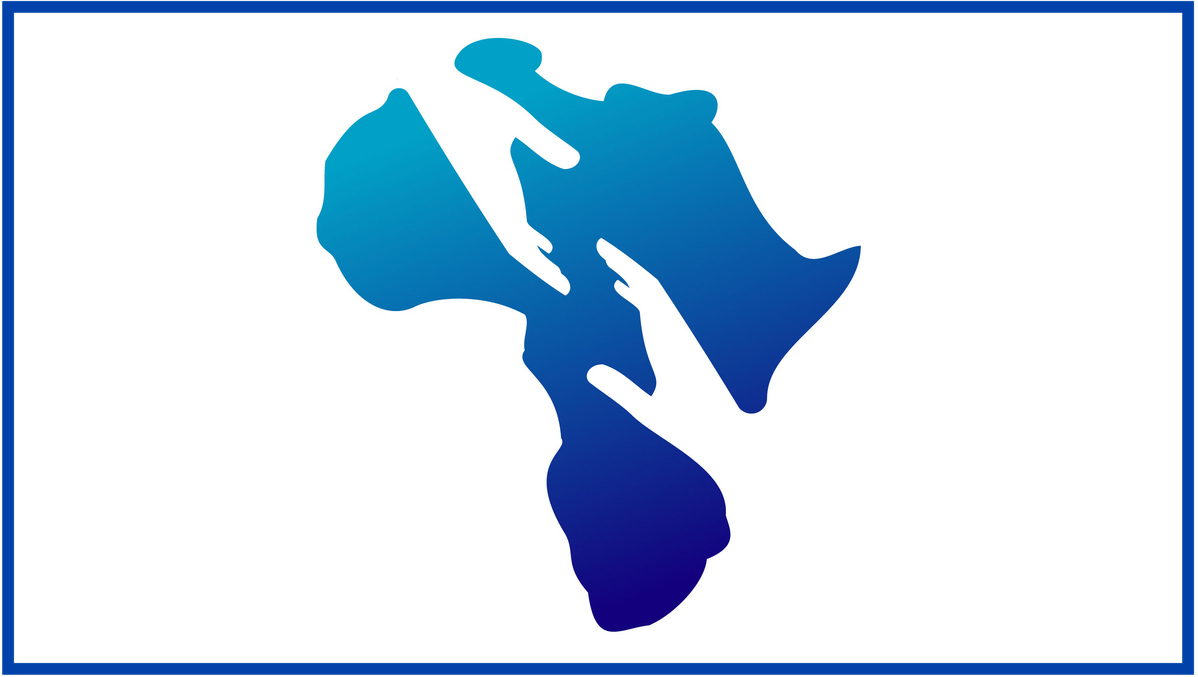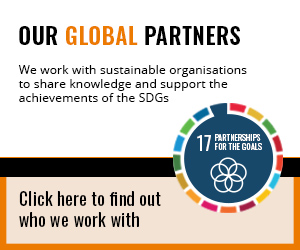By Ashling Mulvaney, Head of Access to Healthcare, Global Sustainability, AstraZeneca
Health is central to a functioning and sustainable global society. Yet more than 730 million people live in extreme poverty[I] and 41 million people die annually from non-communicable diseases (NCDs), including heart disease, respiratory conditions and cancer.[II]
Historically considered diseases of high-income countries, NCD affects four out of five people living in low- or middle-income countries (LMIC),[III] where patient outcomes are affected by reduced access to healthcare.
At AstraZeneca, we’re working towards a future where everyone has access to sustainable healthcare solutions for life-changing treatment and prevention, but we can’t achieve this alone.
The United Nations 2030 Agenda for Sustainable Development represents a universal action plan to address the biggest issues we face as a global community, and we connect our targets to UN Sustainable Development Goals (SDGs), including Good Health and Wellbeing and Partnership for the Goals.
How AstraZeneca supports sustainable models by working with local health systems
At a local level, partnership is key to progress – working with stakeholders including governments and healthcare professionals to build infrastructure, remove barriers and collaborate within local healthcare systems to improve outcomes. Through public-private partnerships we’ve reached more than 19 million people, activating 2,600 health facilities and training more than 81,000 healthcare workers.[IV]
Healthy Heart Africa (HHA) is committed to tackling hypertension (high blood pressure) and decreasing the burden of cardiovascular disease (CVD) in Africa. CVD is the number one killer in Sub-Saharan Africa, where 150 million adults are expected to have the condition by 2025.[V]
However, few health facilities have suitable medical equipment to treat NCDs, or medication for chronic conditions, including hypertension.[VI] HHA helps to address this shortfall through preventive measures such as raising awareness of hypertension and education around lifestyle choices and CVD risk factors, training healthcare providers, providing expertise and facilitating access to medicines where appropriate.
Achieving the UN targets to cut the risk of premature death from NCDs by 25 per cent[VII] – alongside the Pan-African Society of Cardiology (PASCAR) roadmap to reduce heart disease and stroke[VIII] – requires a rigorous approach, and we have partnered to strengthen healthcare capabilities and infrastructure.
Reducing the burden of NCDs demands population-level intervention and a commitment to deliver affordable services in low-income countries.[IX] Strengthening early diagnosis and access to treatment is critical to lessening the impact of NCDs on individuals and society.[II] As we deal with the impact of Covid-19, particularly in countries with less developed healthcare systems, we are reminded that access to healthcare is a global challenge and a basic human right.
HHA is making a difference…
HHA works with local partners in Kenya, Ethiopia, Tanzania, Ghana and Uganda to develop locally tailored models with the aim of long-term sustainability. Launched in Kenya in 2014, and expanded into Ethiopia (2016), Tanzania (2018), Ghana (2019) and Uganda (2020), HHA has:
• Conducted more than 14.5 million blood pressure screenings
• Identified over 2.6 million elevated readings
• Trained more than 7,200 healthcare workers
• Activated 780 healthcare facilities.[X]
To find out more about HHA and Access to Healthcare see our 2019 Sustainability Report.
References
I) The World Bank. Poverty and Equity Data Portal. Available at: http://povertydata.worldbank.org/poverty/home/ Last accessed May 2020
II) World Health Organization. Noncommunicable diseases. Available at: https://www.who.int/news-room/fact-sheets/detail/noncommunicable-diseases Last accessed May 2020
III) NCD Alliance. NCDs. Available at: https://ncdalliance.org/why-ncds/NCDs Last accessed May 2020
IV) AstraZeneca Sustainability Report 2019. Access to Healthcare. Available at: https://www.astrazeneca.com/content/dam/az/Sustainability/2020/pdf/Sustainability_Report_2019.pdf Last accessed May 2020
V) Van de Vijver S, Akinyi H, Oti S, et al. Status report on hypertension in Africa: Consultative review for the 6th Session of the African Union Conference of Ministers of Health on NCDs. Pan African Med J. 2013;16:38. Available at: https://www.ncbi.nlm.nih.gov/pmc/articles/PMC3932118/pdf/PAMJ-16-38.pdf Last accessed May 2020
VI) ABCE data reveal gains and gaps in health system capacity in sub-Saharan Africa. Available at: http://www.healthdata.org/announcement/abce-data-reveal-gains-and-gaps-health-system-capacity-sub-saharan-africa Last accessed May 2020
VII) Sacco RL et al. The Heart of 25 by 25: Achieving the Goal of Reducing Global and Regional Premature Deaths From Cardiovascular Diseases and Stroke. 2016, 133:e674-e690. Available at: https://www.ahajournals.org/doi/full/10.1161/CIR.0000000000000395 Last accessed May 2020
VIII) Dzudie A et al. PASCAR Roadmap on Hypertension. Roadmap to achieve 25% hypertension control in Africa by 2025. Cardiovascular Journal of Africa. 2017, 28(4): 262-273 Available at: https://www.ncbi.nlm.nih.gov/pmc/articles/PMC5642030/pdf/cvja-28-262.pdf Last accessed May 2020
IX) World Health Organization. Global status report on non-communicable diseases 2010. Available at: http://www.who.int/nmh/publications/ncd_report_full_en.pdf. Last accessed May 2020
X) AstraZeneca data on file. Numbers since programme launch in October 2014 up until 31st March 2020.






